Inside one of Pasadena’s grandest estates
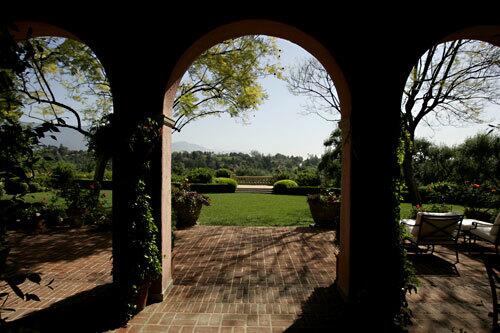
Tucked away behind a tall wall at the end of a long, tree-shaded driveway sits the Wellington Morse house, among the grandest of
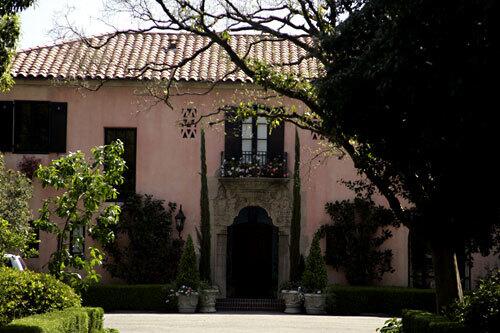
The two-story house, built in 1919, was designed by Reginald Johnson in the Italian Revival style. The landscape has been cared for by a succession of influential designers, beginning with German landscape architect Paul Thiene, who is credited with creating the formal gardens and linking them to the home in the Italianate style. Thiene tended the property until 1930, followed by the architectural firm of Marston, Van Pelt and Maybury, and then Ruth Shelton in the late ‘80s. In 2007
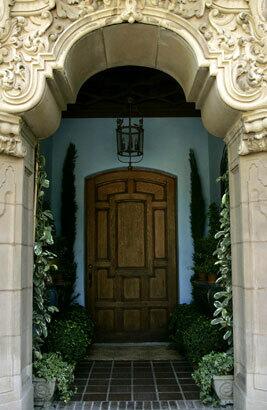
Churrigueresque, Moorish and Italian influences are seen in the house’s elaborately carved entry. Lenkin outfitted the robin’s egg blue vestibule with clipped topiaries, mirrors and a pair of demilune tables found in the basement and restored. (Gary Friedman / Los Angeles Times)
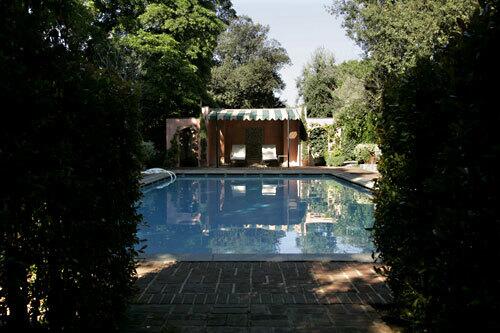
The pool and pool house date from the early 1930s. Lenkin had the awning re-created from a photograph of the estate featured in a 1931 Architectural Record magazine. (Gary Friedman / Los Angeles Times)
Advertisement
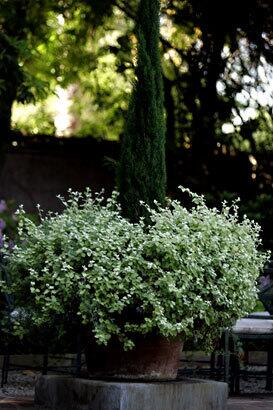
Large terra-cotta pots along the pool deck are planted with the compact, slow-growing dwarf cypress Tiny Tower, rising in the background, and lime-colored Helichrysum petiolare in the foreground. A type of Lotus maculates called Amazon Sunset, not pictured here, adds more color. (Gary Friedman / Los Angeles Times)
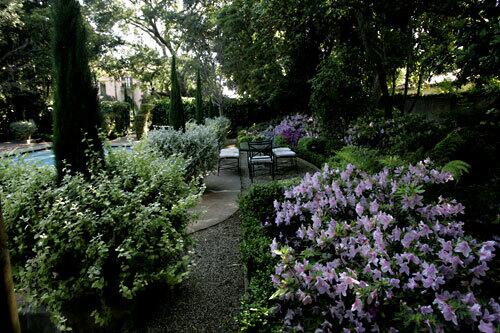
The shady poolside dining area is planted with azaleas. Helichrysum petiolare in alternating colors surrounds the dwarf cypress. (Gary Friedman / Los Angeles Times)
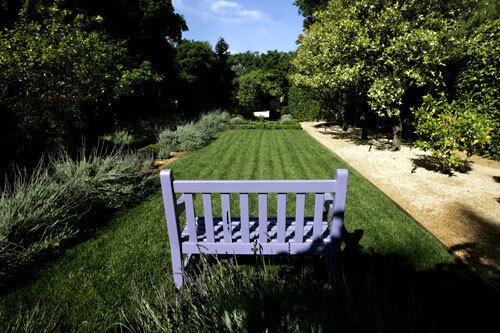
Lenkin had the teak garden bench painted lavender to add an unexpected pop of color to the orchard. On the right side are lemon, lime and orange trees, and on the left is French lavender. Gravel called CaIifornia Gold helps to control the weeds. (Gary Friedman / Los Angeles Times)
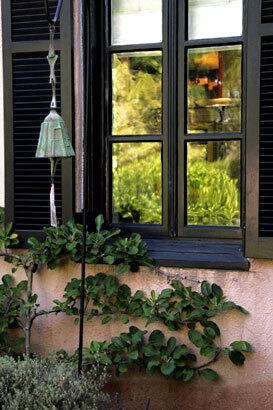
An espaliered Anna apple trees take up little room in the kitchen garden. (Gary Friedman / Los Angeles Times)
Advertisement
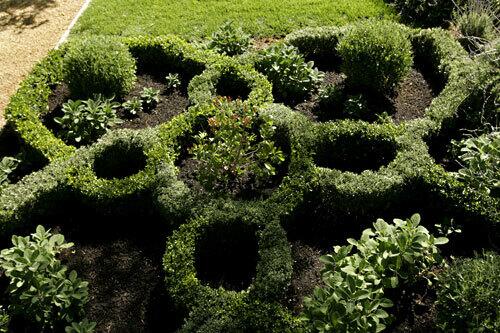
At the far end of the orchard, boxwood, teucrium, variegated euonymus and sage were used in the dainty knot garden, a traditional form from the 15th century. (Gary Friedman / Los Angeles Times)
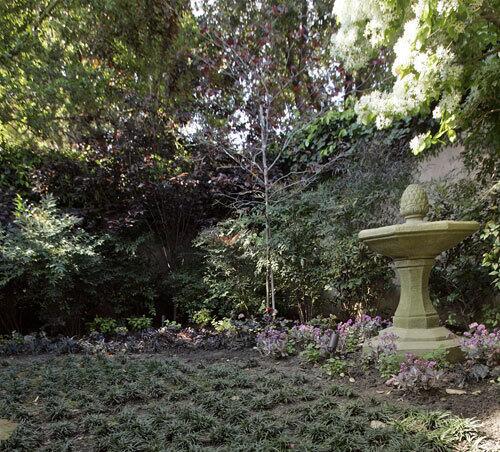
The deeply hued Black Garden took shape in a shady, previously unused space outside a guesthouse. A Chinese fringe silk tree adds a burst of white to a landscape where Lenkin used plants with dark burgundy to almost black foliage, including the aeonium Schwartzkopf, the nandina Purple Passion and smoke bush. In the foreground, mondo grass grows in a deep green. (Gary Friedman / Los Angeles Times)
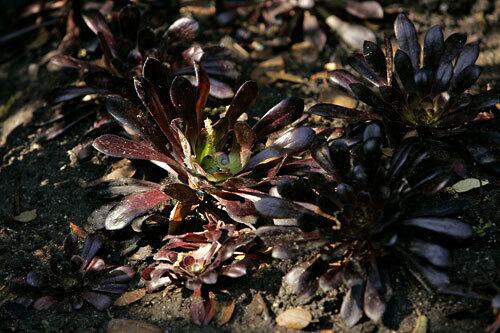
The aeonium Schwartzkopf. (Gary Friedman / Los Angeles Times)
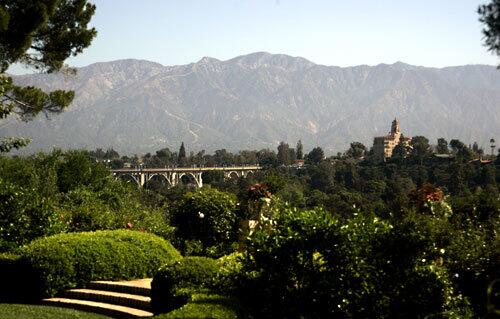
The formal gardens have a view of the San Gabriel Mountains and
Advertisement
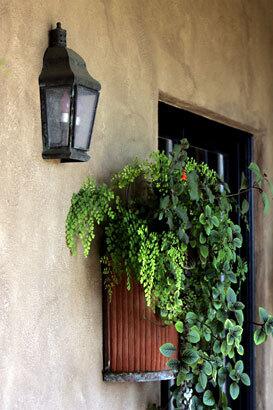
Planters on the loggia walls brim with maidenhair fern, coral fuschias and plectranthus. Custom copper trays under the pots catch any drips and protect the wall from water damage. (Gary Friedman / Los Angeles Times)
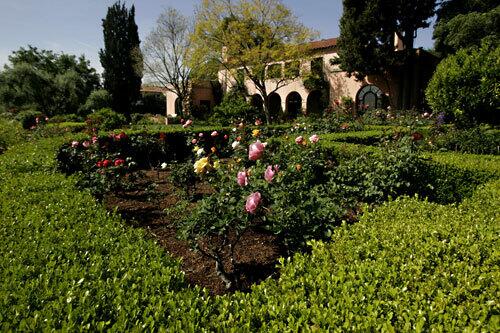
Clipped boxwood hedges outline the formal rose garden, which Lenkin rehabilitated and restored. It now has more 400 varieties of rosebushes. (Gary Friedman / Los Angeles Times)
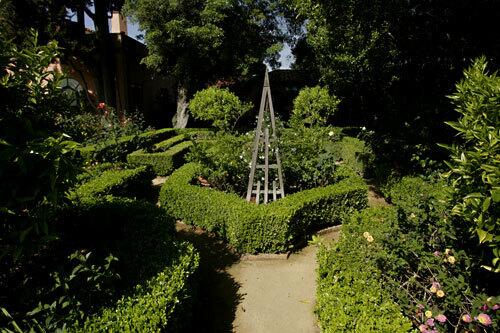
A potato vine twines around an obelisk in the center of the rose garden. Dwarf citrus and heat-loving lantana were also used in the rose garden. (Gary Friedman / Los Angeles Times)
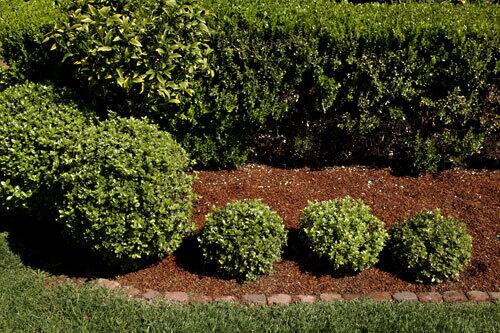
A whimsical type of Pittosporum tenuifolium called Golf Ball maintains its shape with little pruning. (Gary Friedman / Los Angeles Times)
Advertisement
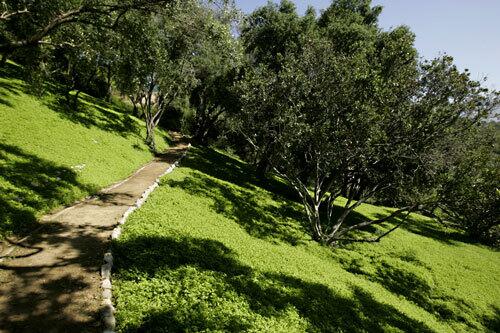
Olive trees and 100-year-old oaks dot the slope leading into the Arroyo Seco. As part of Lenkin’s garden restoration, all invasive plant materials were removed by hand and the hillside was reseeded with 41 varieties of
More glorious gardens: Check out a
We deliver daily garden clippings via our blog, and if you just want to follow headlines, simply join our



